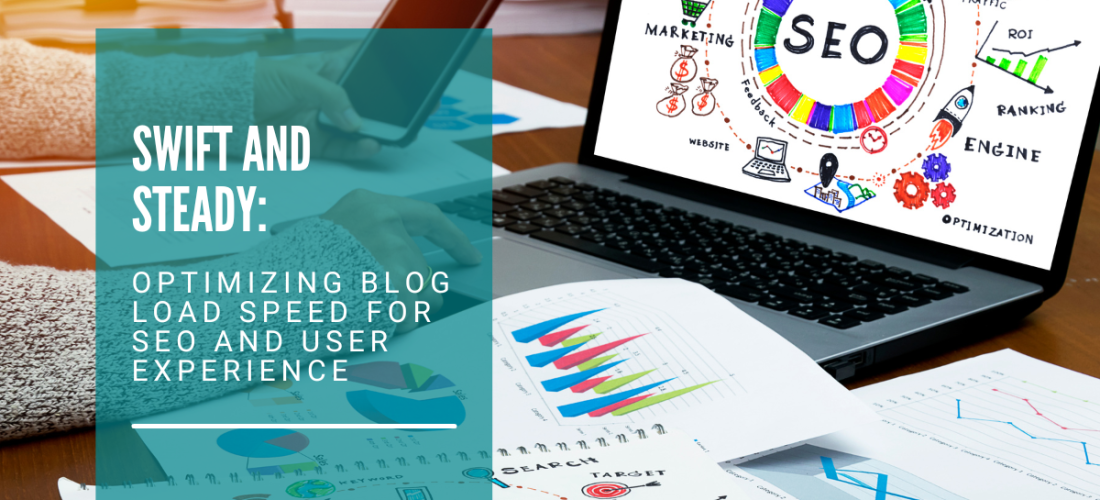In the world of blogging, a speedy blog is a successful blog. Both users and search engines appreciate fast-loading pages. In this blog post, we’ll delve into the importance of blog load speed, its impact on SEO and user experience, and practical tips to optimize your blog for lightning-fast performance.
Why Blog Load Speed Matters
The speed at which your blog loads has significant implications for both SEO and user experience:
- SEO Benefits:
- Improved Rankings: Search engines like Google consider page speed as a ranking factor. Faster blogs tend to rank higher in search results.
- Crawling Efficiency: Faster load times make it easier for search engine bots to crawl and index your content.
- Enhanced User Experience:
- Reduced Bounce Rate: A slow blog can frustrate users, causing them to leave before even viewing your content.
- Higher Engagement: Faster load times keep users engaged, encouraging them to explore your blog further.
- Improved Conversion: Speedy blogs often have higher conversion rates, whether you’re selling products or collecting email sign-ups.
Optimizing Blog Load Speed
Now that we understand the importance of blog load speed let’s explore how to optimize it:
- Choose Reliable Hosting:
Select a reputable hosting provider with a track record of fast servers and minimal downtime.
- Optimize Images:
Images can be large and slow down your blog. Use image compression tools and ensure images are appropriately sized for web use.
- Utilize Browser Caching:
Leverage browser caching to store static files like images and stylesheets in visitors’ browsers. This reduces the need to re-download these elements with every visit.
- Minimize HTTP Requests:
Reduce the number of HTTP requests by combining CSS and JavaScript files. This minimizes the time it takes to load resources.
- Enable Gzip Compression:
Gzip compression reduces file sizes, making them quicker to load. Most hosting providers offer Gzip support.
- Use Content Delivery Networks (CDNs):
CDNs distribute your blog’s content across multiple servers worldwide, delivering content from a server nearest to the user.
- Limit Plugins and Widgets:
Excessive plugins and widgets can slow down your blog. Only use those that are essential for your blog’s functionality.
- Optimize Your Code:
Clean and efficient code reduces the burden on servers and speeds up load times.
- Employ Lazy Loading:
Implement lazy loading for images and videos. This ensures that media elements are only loaded when they come into the user’s view, saving bandwidth and load time.
- Test Your Blog’s Speed:
Regularly test your blog’s speed with tools like Google PageSpeed Insights, GTmetrix, or Pingdom. These tools provide insights and recommendations for improvement.
- Mobile Optimization:
Ensure that your blog is mobile-friendly. A responsive design and efficient mobile loading are crucial for user experience and SEO.
- Reduce Redirects:
Minimize the use of unnecessary redirects, which can add additional load time.
- Use a Lightweight Theme:
Choose a simple and lightweight theme for your blog. Complex themes with excessive features can slow down your blog.
Optimizing your blog’s load speed is a multifaceted task that involves technical adjustments, thoughtful content management, and a commitment to providing the best possible user experience. Every second counts in the competitive world of blogging, and a faster blog can give you an edge in terms of SEO rankings, user engagement, and overall success. By following these strategies, you can ensure that your blog loads swiftly and smoothly, making it a more enjoyable and impactful online destination for your readers.





